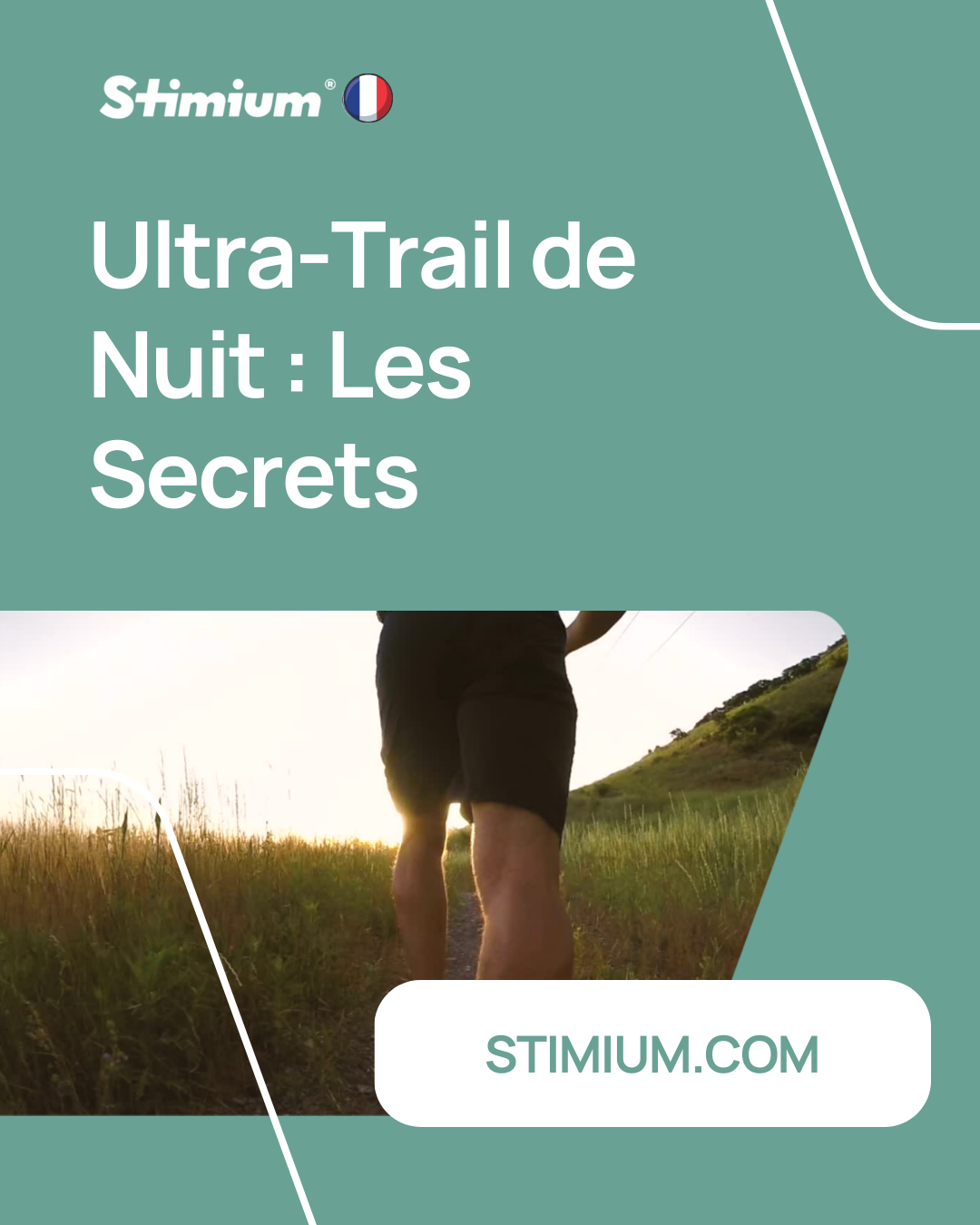Running on an empty stomach
IS RUNNING ON AN FASTING A WRONG GOOD IDEA?
We know that doing sports or more generally any physical activity is good for your health and reduces several risks, cardiovascular, weight gain, joint and particularly back pain. This awareness is now real, via our smartphone or our connected watch, we all look every day at the number of steps and kilometers taken, satisfied with having exceeded the famous bar of 8000 pages per day.
However, it is possible to be even more effective, in improving performance, in eliminating fat for example, by running on an empty stomach. Running on an empty stomach means starting your daily run without having eaten yet. Obviously, on a typical day, this means scheduling your session in the morning, before breakfast, why not “at dawn, at the time when the countryside is whitening”
Jumping into your running shoes at the foot of the bed without even going to the breakfast box could be THE solution reconciling a busy schedule and the desire to regularly practice a sporting activity.
But does running on an empty stomach only have benefits? Does it help you lose weight? And above all, isn't it dangerous to exert yourself while having, as your only prior food, a drink devoid of calories?
1. Counterbalance the energy balance: FIT YOURSELF THROUGH FASTING SPORT
With the aim of combating excess weight and getting fitter, practicing a sporting activity means increasing your expenses and therefore moving towards weight loss... Provided you do not compensate with large caloric excesses at the same time. .
It is essential that the calorie balance is negative: that calorie expenditure is greater than dietary energy intake.
A regular exerciser, whether a cyclist, runner, boxer, footballer, has every interest in losing fat in order to limit the load on the stressed joints (back, hips, knees, ankles) and to increase their speed of movement: the less fat we have to move, the more explosive we are. But all this, on the condition of losing fat and not muscle.
2.Practice at a moderate pace to lose fat
The athlete must move towards practicing fundamental endurance because the latter mainly burns fat.
When practicing with ease of breathing, the risk of fuel exhaustion is almost non-existent because even the fittest athlete must travel more than 700km to damage his fat reserves!
But let's repeat: the breakdown of lipids releases free fatty acids into the blood the only condition is that oxygen is present in the muscles. So, the slower you go during your exercise, the more the body draws on fat since your body is always well oxygenated... Without going overboard: it's not a question of going backwards!
- Moderate activity in practice
You should be able to talk to your neighbor without panting or be able to sing your favorite chorus without your breath stopping.
Above all, don't take the shortcut: "The more intensive my practice, the more fat I burn", or "I still have some strength left at the end of the outing so I accelerate to get that impression of effort made". So yes, you burn more energy but not the right kind. At too high an intensity, the muscle no longer has enough oxygen to use fat as fuel. And by fasting, you don't have any sugar circulating in your blood directly available. When neither fats nor carbohydrates are available, the proteins in your muscle take over. Results: muscle wasting: proteolysis and increased risks of injury.
- Moderate activity in theory
In theory, to be in the optimized fat burning zone: lipomax, your heart rate should not exceed 60 to 70% of your maximum heart rate (MFR).
Lipomax heart rate zone depending on level
|
|
lipomax heart rate target zone |
|
Overweight, obesity > 33% body fat for a woman > 20% body fat for a man |
50 to 55% of your FCM* |
|
Sedentary: less than 3 workouts per week |
60 to 70% of your FCM* |
|
Regular practitioner: minimum 3 training sessions per week |
Max 75% of your FCM* |
* FCM: Maximum Heart Rate
3.Limit the duration so as not to lose muscle
Do not exceed 1 hour of practice on an empty stomach. If the duration is longer, we see proteolysis.
Intensive and/or long-term practice can only be carried out after a balanced diet.
At the same time, the lipid sector is only active after 15 minutes of practice because we always have a little sugar circulating in the blood.
So 1 hour of endurance sport amounts to 45 minutes of fat-burning sport.
1. You can't last 45 minutes of jogging?
Start with 15 to 20 minutes of walking or alternate brisk walking with endurance at a very gentle pace.
2. You don't run?
1 hour of active or alternating walking, exercise bike, elliptical are a good start but know that running is more effective than cycling.
8-Point Fasting Training Protocol
What to do to lose fat without losing muscle mass.
- THE EVENING EVEN Having consumed a source of starchy foods
- FASTING Not having eaten during the last 8 hours
- WHEN RISING UP Drink a glass of water or a hot drink (coffee, tea, herbal tea) without added calories (no sugar, milk, chicory, chocolate powder, or fruit juice)
- PREVENTION Keep a carbohydrate source in your pocket to consume only in the event of hypoglycemia (dried fruit, exercise gum, sugar)
- INTENSITY Moderate aerobic sports activity (jogging, active walking)
- OPTIMUM DURATION Minimum 20 minutes, maximum 1 hour
- FREQUENCY 3 times a week maximum
- RECOVERY RATION Eat breakfast or brunch immediately after training to replenish energy and water reserves in order to rebuild muscle fibers damaged during exercise. Don't forget a protein intake (cottage cheese, turkey breast, egg).
Limit the frequency of practice on an empty stomach with a view to performance:
Accustoming your body to drawing on fat during a long effort certainly allows you to delay the arrival of the famous wall so feared by long-term athletes (cycling, marathon, Ironman, trail), the result of exhaustion of fuel stocks.
But on the other hand, the more fat the athlete uses, the less effective he is during exercise since lipid energy is less quickly available compared to glycogen. It therefore appears essential to vary training by including variations in fartleck or split paces so as not to accustom the body to only drawing on fat.
More generally, if you decide to exercise in the morning without eating, the “post” phase after your exercise will be fundamental – you will not be able to accumulate several sessions in an empty stomach over several days, without having a complete refresh of your nutrients.
After your session, considering that it will therefore be morning, it will be imperative to take recovery products, in particular Stimium® Mc3 or Stimium® Mc3 powder to reduce the risk of cramps as well as Stimium® Rgn3 Reload or Stimium® Rgn3 Clean-Up to replenish your vitamins and minerals after your efforts. Another very relevant solution in relation to this particular practice of exercises on an empty stomach, consists of consuming Stimium Iso Carb to reconstitute these sources of glycogen and proteins (to reconcile recovery (thanks in particular to the fructose/glucose mix) and muscle strengthening (protein isolate, vegan or not), product that we developed for the leader of Ligue 1 football in France.







